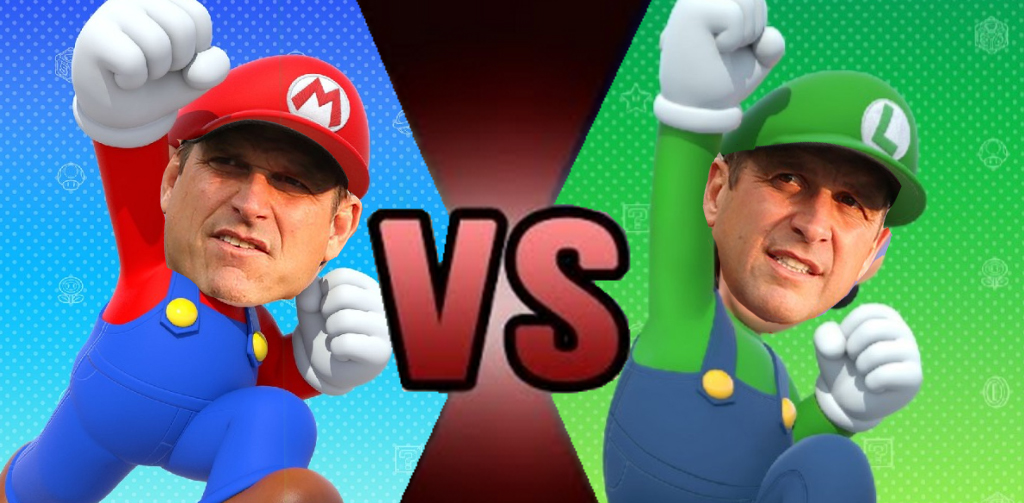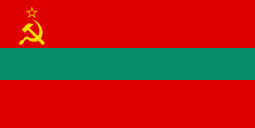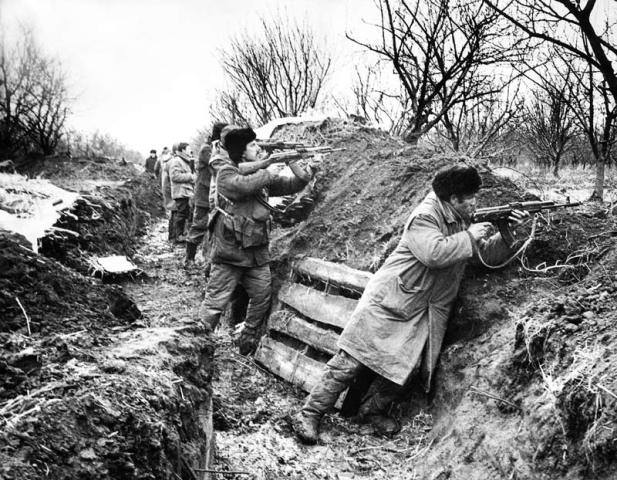



… more than four times.

John, if that’s the kind of deal we’re brokering, I promise I won’t steal your gallbladder and pancreas when you have your twenty-minute sleep tonight. Your kidneys are absolutely fair game, though.

I wouldn’t expect anything less from you, Jim. Good thing we’re family. God help us if one of us ever tried to leave outright. I can only imagine how mom would react.

Well, I imagine that on a global scale, it’s never easy to leave the motherland. That’s why having your family to support you is healthy and necessary, no matter the stakes…
THE TRANSNISTRIAN WAR
Combatant 1: Moldova; Romania
Combatant 2: Transnistria region of Moldova; Russia
Location of Conflict: Transnistria, eastern Moldova


When Moldova declared its independence in August 1991, Russian-speakers were alarmed at the possibility of a reunification with Romania, which had also recently emerged from years of dictatorship under Nicolae Ceaușescu. Clashes had begun earlier, in 1990, with separatists storming Moldovan government buildings, but conflict really ramped up in early 1992. Moldova didn’t have much of a standing army when it became an independent country, but by March, it had organized thousands of militia members and tactical police units, outfitted with inherited Soviet weaponry. Moldova also received support from neighboring Romania, with arms shipments and volunteer support from the Romanian military. For the Transnistrians, their hopes for resisting integration into Moldova came in the form of 14,000 Russian troops in the 14th Army, left over from Soviet rule. With many thousands of volunteers that helped themselves to weapons from the 14th Army’s warehouses, the fighting, while comparatively brief, was still very savage over the few months of the main war.

The Aftermath: Moldova lacked enough political will to throw their entire military strength at Transnistria, and as such, remained outnumbered by Russian forces and Transnistrian volunteers. A ceasefire was negotiated in July 1992 between Moldova and Transnistria, and it remains unresolved to this day. Transnistria, formally known as the Pridnestrovian Moldovan Republic (PMR), is a de facto independent state, but has never been formally recognized as its own nation by the UN. The PMR has its own government, currency, passports, and educational system, but it still relies heavily on Russian support from a financial and military standpoint – and Russian troops are still illegally stationed there, much to the chagrin of Moldovan authorities. Widespread corruption from both Moldovan and Transnistrian businessmen results in lots of Moldovans crossing the border to buy tax-free goods, most often imported into Transnistria through organized crime. With no movement on either side in almost 30 years, the Transnistrian War remains the last active Soviet-era conflict, at least in theory, if not in practise.
The casualties from the war are unclear – there’s a low estimate of 287 people who perished in the conflict on all sides, but higher estimates are closer to 2,000, including possibly between 350-650 civilians in the city of Bender. Had it not been for the drunken fraternizing happening each night, who’s to say how much worse things could have been?

John, I’m prepared to cut another deal. Access to your film room and playbooks, in exchange for you getting to keep your limbs mostly intact. A family discount, really!

I WILL FUCKING CUT YOU, JIM
***
Information for this article taken from here, here, here, here, and here. Banner image by The Maestro.
Well of course the hammer and sickle lives
Some quality gallows humor.
The Masked Cucumber is right
That’s a great name for a city!
 ?itemid=14516022
?itemid=14516022
“Tranny war? Don’t want to get in the middle of that. Might get stabbed.”
– T Pryor
Good stuff. I just a couple weeks ago read about Transnistria on some BBC travel article. I thought it sounded like a nice place to visit.
http://www.bbc.com/travel/story/20200205-celebrating-a-nation-that-doesnt-exist
I saw a YouTube video about it. It’s fascinating stuff. The drunken deals added a whole new level I didn’t know about.
It’s really the only civilized way to wage war.
I always enjoy their facial expressions. Nice backdrop to getting our learn on.